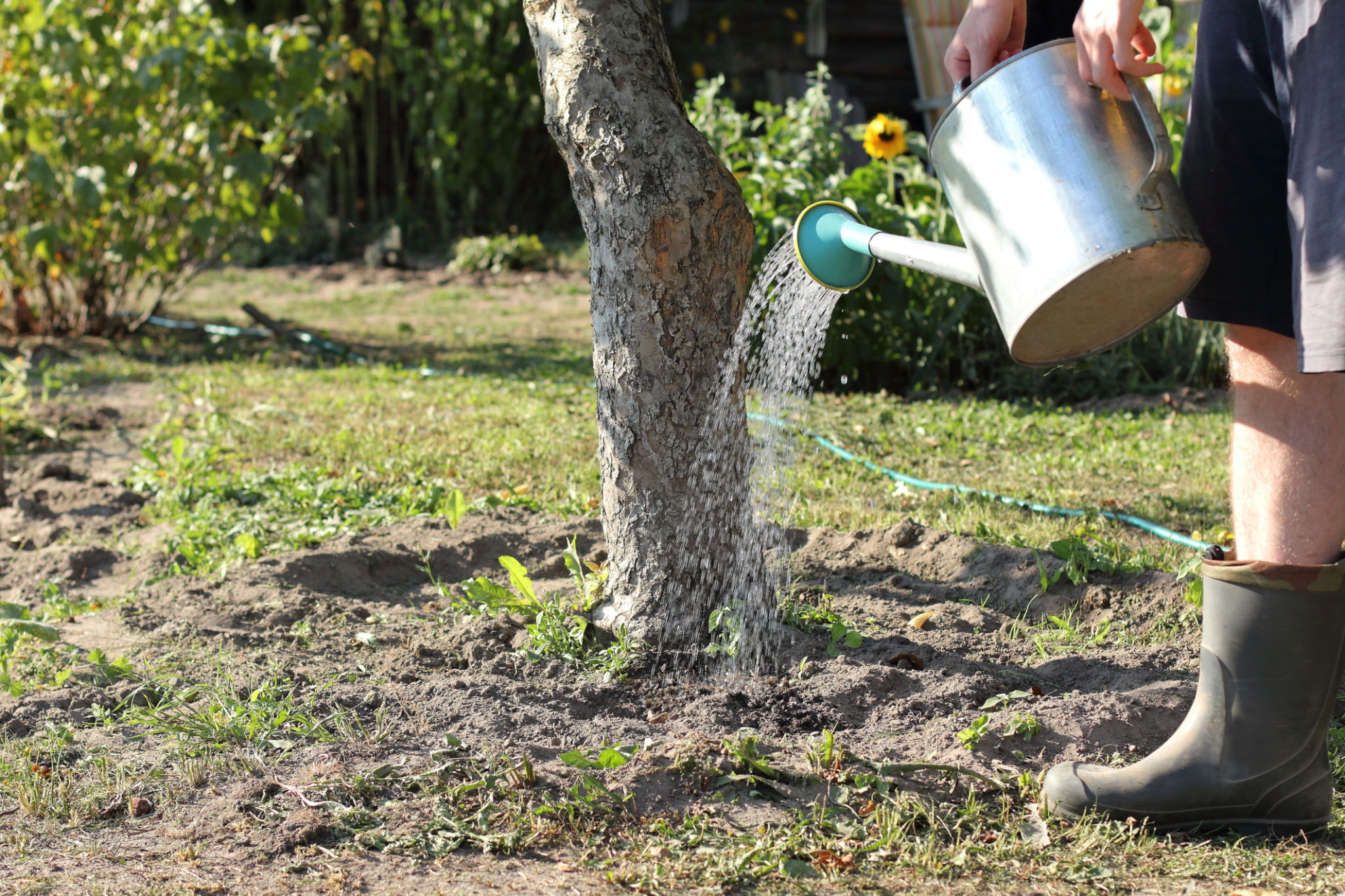Common Tree Care Myths Debunked by Cheshire Experts
Understanding Tree Care: Myths vs. Reality
Tree care is essential for maintaining the health and beauty of our green spaces. However, there are many misconceptions about how to properly care for trees. These myths can lead to practices that harm rather than help. In this post, we’ll debunk some common tree care myths with insights from Cheshire experts.

Myth 1: Topping is Good for Trees
One of the most pervasive myths is that topping—or drastically cutting back large branches—will invigorate a tree's growth. In reality, topping can severely damage a tree by removing too much of its canopy, leading to stress and vulnerability to disease and pests. It can also result in weak, poorly attached branches that are prone to breakage.
Proper pruning techniques involve selectively removing branches to improve structure and health without compromising the tree's integrity. Consulting with a professional arborist ensures that your tree receives the care it needs without unnecessary harm.
Myth 2: Trees Don't Need Watering
Many people believe that trees don’t require watering, especially mature ones. However, during dry spells or in urban environments where natural water sources are limited, even established trees can benefit from watering. A consistent watering schedule helps maintain tree health, particularly in the first few years after planting.

It’s important to water deeply and infrequently to encourage the development of deep roots. This practice helps trees withstand drought conditions better and promotes overall vigor.
Myth 3: All Mulch is Beneficial
Mulching is a common practice for protecting tree roots and retaining soil moisture. However, not all mulch is created equal. Piling mulch too high around the base of a tree—a practice known as “volcano mulching”—can cause more harm than good by encouraging rot and inviting pests.
A proper mulch layer should be about 2-4 inches thick and kept away from the trunk base. This ensures that the roots receive the benefits without the risks associated with excessive mulching.

Myth 4: New Trees Should Be Staked Tightly
While staking can support young trees, doing it too tightly can prevent them from developing strong roots and trunks. Trees need some movement to strengthen their structure. When stakes are necessary, they should be installed loosely and removed after one growing season to allow the tree to stand independently.
Keep in mind that over-staking can lead to girdling, where ties cut into the bark and restrict growth. It’s crucial to monitor staked trees regularly and adjust as needed to ensure healthy development.
Myth 5: Tree Wounds Should Be Painted
In the past, it was common practice to paint over tree wounds or pruning cuts with sealants to protect against pests and diseases. However, research has shown that this can actually hinder the tree’s natural healing process and trap moisture, which may lead to decay.
The best approach is to allow trees to heal naturally. They have evolved the ability to compartmentalize wounds effectively without human intervention.

In conclusion, proper tree care is vital for maintaining healthy landscapes. By understanding and dispelling these common myths, you can ensure that your trees receive the best possible care. Consulting with Cheshire tree care experts can provide further guidance tailored to your specific environment and needs.
